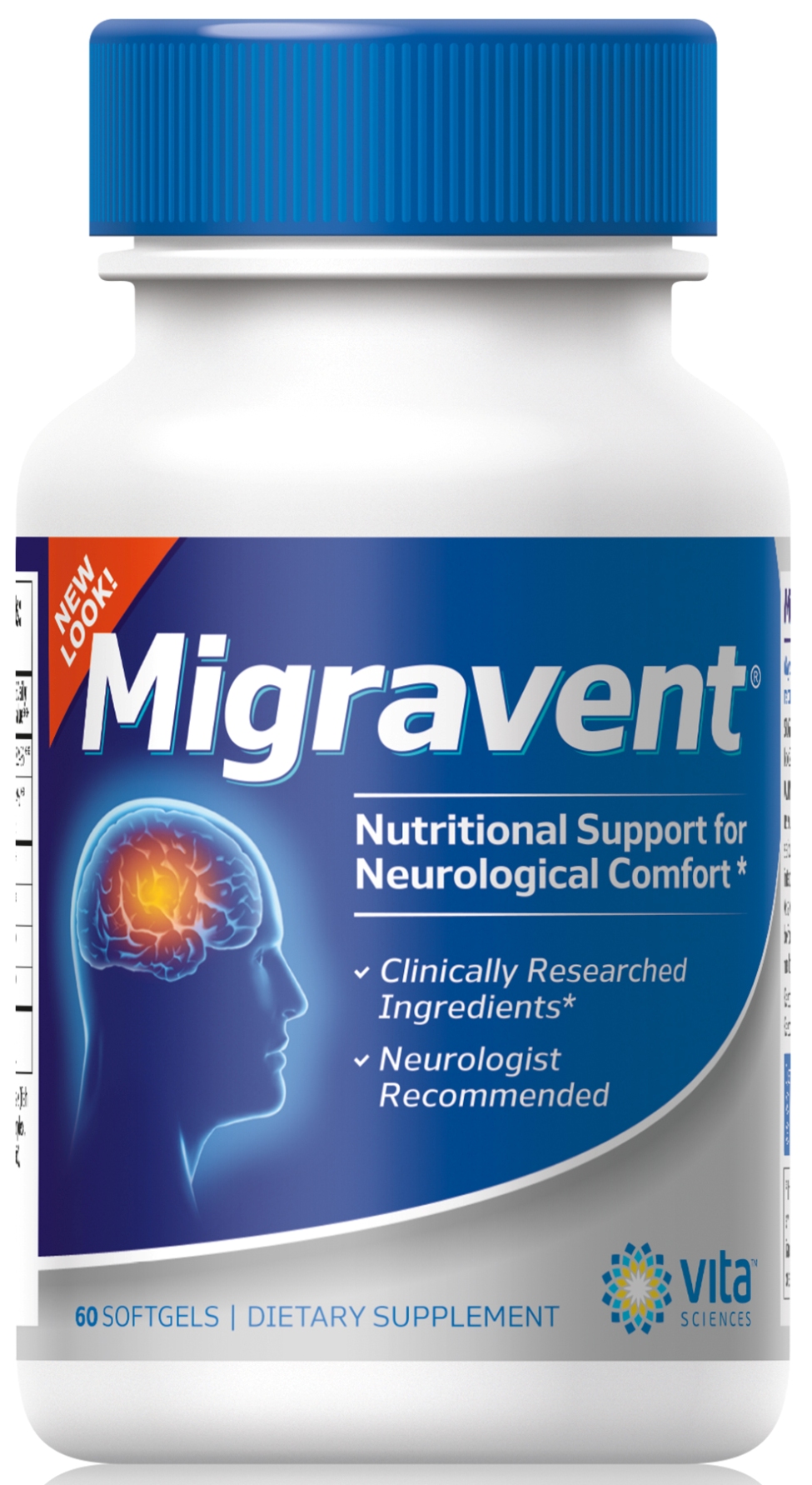If you take prescription medication for migraines, then it’s important to understand your doctor’s instructions clearly, without any doubt. Knowing how to read “doctor-ese” can sometimes help! Listed are some common abbreviations that physicians use when writing out prescriptions.
What did he say?
If it seems like your doctor’s orders are in a foreign language, then you’re right. All physicians use Latin and English abbreviations when writing out your prescription meds in shorthand. And they don’t get an A+ for neatness, either.
So if you didn’t take notes during your appointment, then you might find yourself staring at your brand-new prescription pain relievers, thinking, “Now, how often am I supposed to take these?” or, “What am I NOT supposed to take these with?”
Decoding the lingo
If you get chronic migraine headaches often…and I mean a lot…it’s very likely that you’re going to attend a lot of doctor visits feeling under-the-weather, fatigued, slow, and headache-y. So most likely, you didn’t take notes, and you don’t have a translator handy to help you read the Latin instructions on the medicine bottle.
For situations like these, it may help to have a doctor-patient dictionary on hand, for quick reference. Even if you’re only able to decipher a few words regarding your migraine prescription, those few abbreviations may be the ones to jolt your memory.
Please note, if you have any questions about prescription drugs, it is always best to call your pharmacist, nurse, or doctor.
Natural Migraine Remedies Surge with Prescription Drug Deaths
The following list of common medical abbreviations does not constitute medical advice, nor is it meant to serve as an alternative to your physician’s advice. Rather, it may serve as a bridge between you, the patient, and your healthcare providers.
- a.c. (ante cibum) – before meals
- ad lib. (ad libitum) – use as much as one desires; freely
- bis (bis) – twice
- b.i.d. (bis in die) – twice daily
- cf – with food
- gtt(s) (gutta[e]) -drop(s)
- h.s. (hora somni) – at bedtime
- IM – intramuscularly (by needle, injected into a muscle)
- IV – intravenously (by a needle in a vein)
- m, min (minimum) – a minimum
- mcg – microgram
- mg – milligram
- noct. (nocte) – at night
- non rep. (non repetatur) – no repeats
- N.T.E. – not to exceed
- p.c. (post cibum) – after meals
- prn (pro re nata) – as needed
- po (per os) – orally
- q.a.d. (quoque alternis die) – every other day
- q.a.m. (quaque die ante meridiem) – every day before noon
- qd (quaque die) – every day
- q.h. (quaque hora) – every hour
- q.h.s. (quaque hora somni) – every night at bedtime
- s.a. (secundum artum) – use your judgment
- sl – sublingually (under the tongue)
- s.o.s., si op. sit (si opus sit) – if there is a need
- SQ – subcutaneously (by needle, under the skin)
- stat (statim) – immediately
- tid (ter in die) – three times a day
- u.d., ut. dict. (ut dictum) – as directed
Enter to win a free bottle of Migravent!
Now, through February 10, 2013. For details, see our Facebook page, or enter here.
Your turn!
Do you have any questions or suggestions? Please leave your comments below.
Share with your friends!
If you found this article helpful, then please share with your friends, family, and coworkers by email, Facebook, or Google+.
Like this? Read more:
Best for Migraines: Advil or Tylenol?
Migraine Medication Pros and Cons: the Basics
Top 25 Natural Migraine Treatments: Vitamins, Minerals, and Herbs
Source:
Image(s) courtesy of stockimages/FreeDigitalPhotos.net




